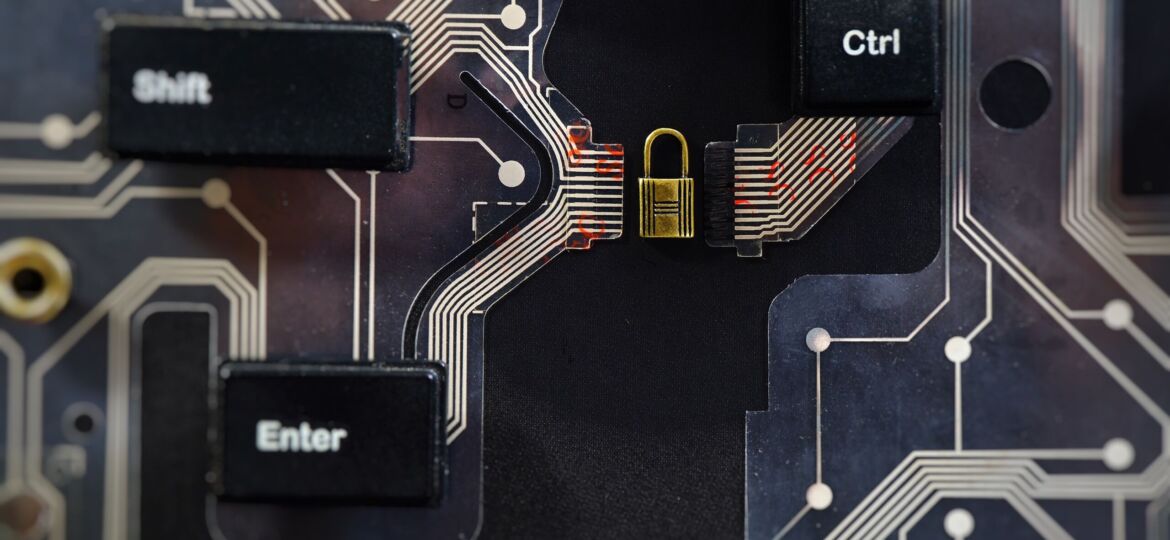
Legacy network security architectures, as the center of access for users and devices, were designed for a fading era and cannot keep pace with today’s digital business’s secure access requirements and dynamics.
According to a Gartner Research report, “By 2023, 20% of enterprises will have adopted [SASE] capabilities from the same vendor, up from 5% in 2019. By 2024, at least 40% of enterprises will have explicit strategies to adopt SASE, up from 1% at year-end 2018. By 2025, at least one of the leading providers will offer a competitive suite of SASE capabilities..”
What is SASE?
SASE is a framework network architecture securely incorporating innate cloud security technologies with WAN (wide area network) resources, connecting systems, users, and endpoints to apps and services internationally, supporting today’s agile operations. Although these are delivered via a cloud service, they can be managed centrally.
“The future of network security is in the cloud” (Gartner)
The Secure Access Service Edge (SASE) network has become the gold standard for universally securing apps, data, and workers. Security professionals consistently rely on a SASE solution when needing a robust halt to malware, ransomware, and other cyberattacks.
But SASE is more than safe Internet delivery to remote workers; it’s about rethinking network and security architecture in remote and hybrid environments.
Applications, Data, Users, and Workloads Are in the Cloud—Shouldn’t Your Security Be There, Too?
Legacy enterprise models are destined to fail due to their policies, complexities, and processes. Today’s companies need a seamless experience for the user and the security policy administrator.
Enterprise data centers that place the connectivity requirements at the center of network security architectures are inhibitors to the dynamical access requirements of digital business. Risk and security management should advocate the implementation of SASE to promote speed and agility.
The Data Center is Obsolete
The legacy “data center” network security architecture is an inhibitor to digital business. Traffic routed through an enterprise data center is no longer essential; as a result, restricting access impacts user productivity, UX, and costs. Plus, data-centric models don’t scale.
Digital business transformation provides global access to apps and services, primarily in the cloud. Although the volume of traffic through an enterprise data center will decline exponentially as companies move to SASE, it will continue to exist on some level.
Converging Networks and Network Security
Supporting digital business transformation with agility while keeping access under control is essential to converging network and network security services—this is SASE, and it is delivered as a cloud-based service.
The advent of SASE creates a meaningful opportunity for security and risk professionals. SASE provides secure access from an infinitely customizable network whereby security professionals can specify the reliability, security, level of performance, and cost.
In Summary
Whether connecting endpoint identities to the Internet, cloud-based apps, or SaaS, secure access remains top of mind.
Secure access service edge (SASE) is a replete security model for today’s digital enterprise requirements, providing critical security to apps/services globally. If you’re looking for a Cyber Security Advisor that can help implement the right SASE solution for your organization, CloudZen Partners is here for you.